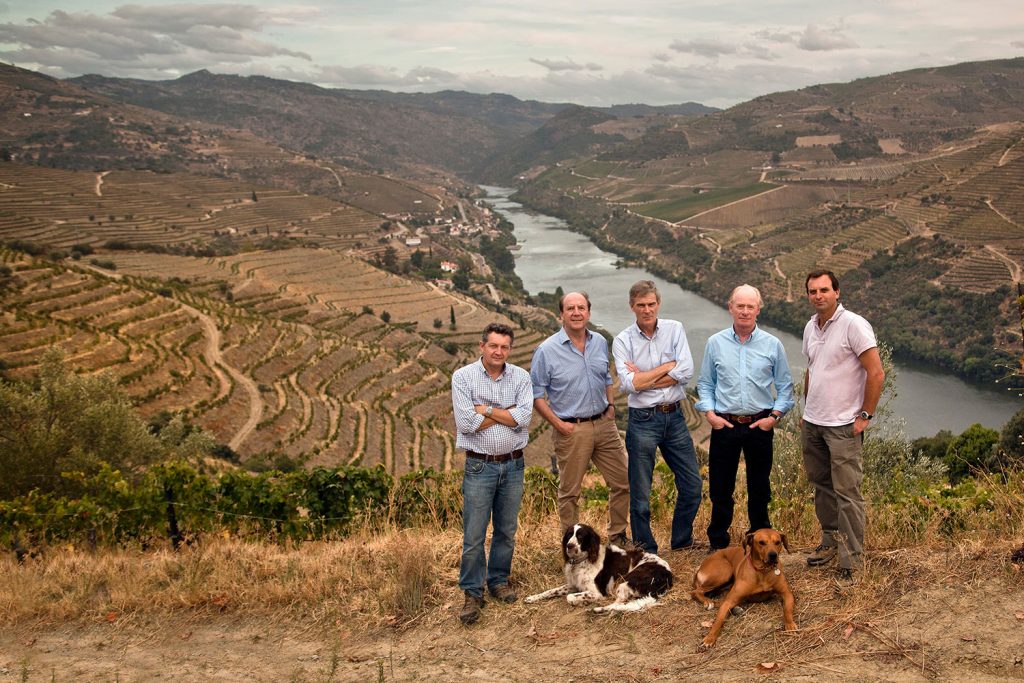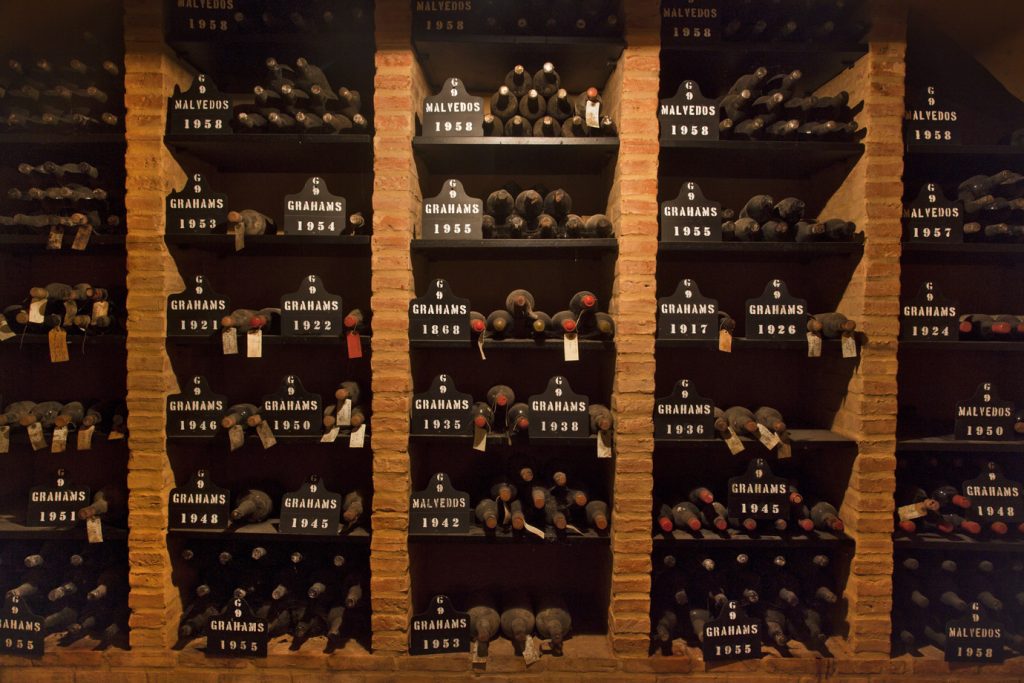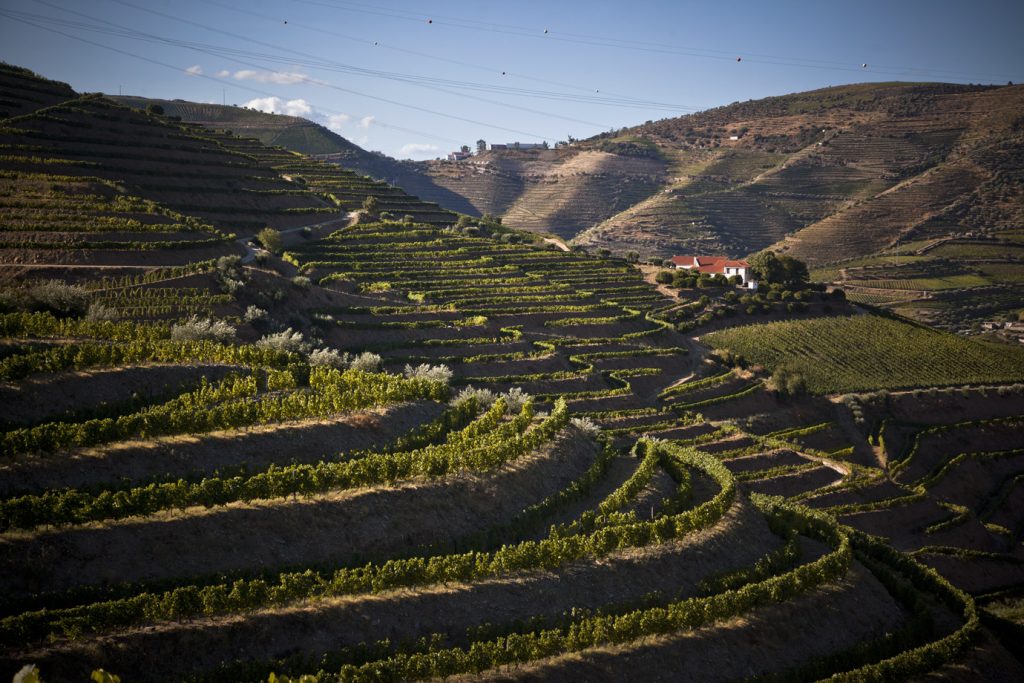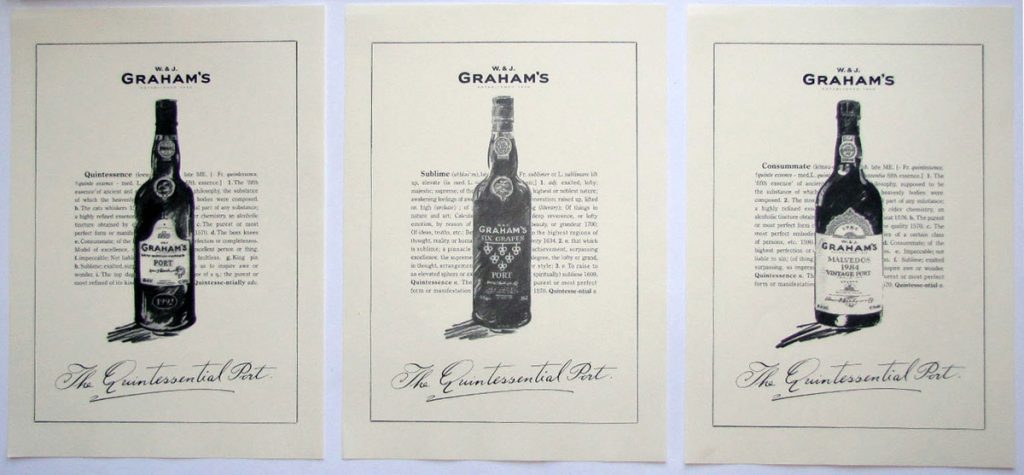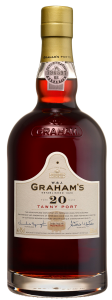Port: The More Things Change, The More They Stay The Same
When you’ve been around for hundreds of years not much gets left unsaid. More often, a lot gets repeated. Such is the case with the Symington family, owners of W. & J. Graham’s Port since 1970, but with roots in the Port trade (and Portugal!) for 13 generations.
The family’s arrival preceded the founding of Graham’s by over 150 years! The Symingtons have been in the headlines throughout their long tenure in the Port trade, as one would expect to be the case with an important category’s leading family. Their story is a good one, it’s well known, full of merit and often told. Or is it?
You might think after all this time the Port story itself is complete – from beginning to middle to end, there’s little left to tell and we’ve heard it all before – the five native grapes, the rugged Douro terrain requiring extensive terracing, the foot stomping at harvest and fortifying during fermentation along with the different styles (Vintage, LBV, etc.) and types (Ruby, Tawny, etc.) of Port. Plus the colorful British families that founded and built the early trade. That part of the story is complete. Sort of. I guess.

